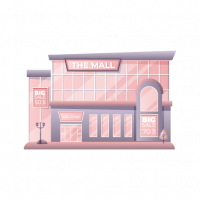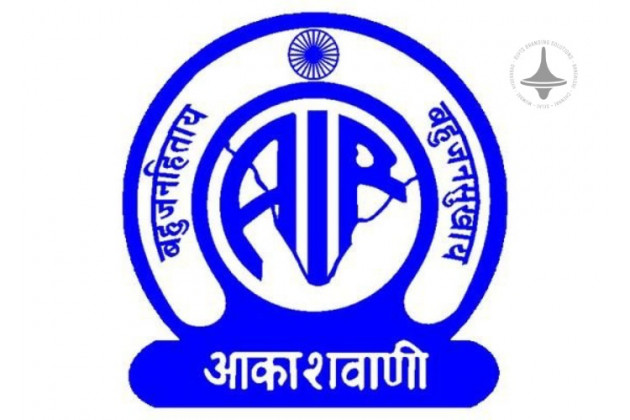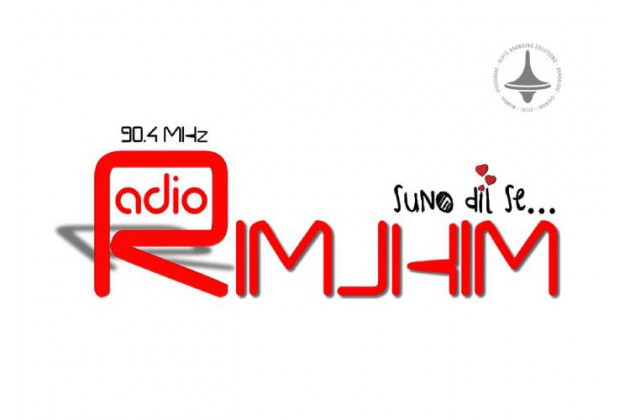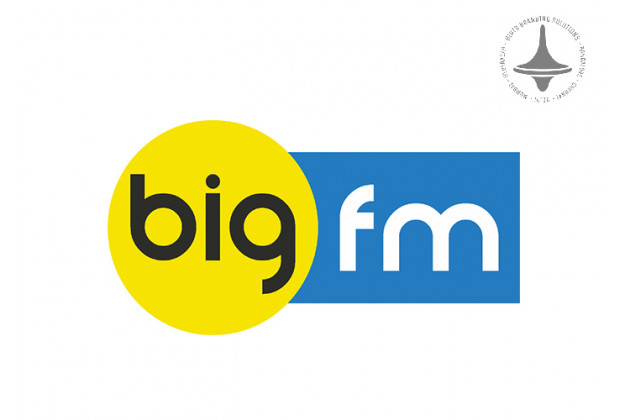Creating Immersive | Outdoor Ad Experiences | Digitally | Elyts

In an era where consumers are bombarded with ads everywhere they go, brands are seeking new ways to stand out and make a lasting impression. One of the most exciting developments in the world of advertising is the use of multi-sensory technology to create immersive outdoor ad experiences. These experiences go beyond traditional visuals, incorporating sound, touch, scent, and even taste, making them more engaging and memorable.
In this article, we'll explore the power of multi-sensory
technology in outdoor advertising, its benefits, and how businesses can
leverage it to captivate audiences in innovative ways.
What is Multi-Sensory Technology in Advertising?
Multi-sensory technology refers to the use of multiple
sensory inputs—sight, sound, touch, smell, and taste—to create a more immersive
experience for the audience. In the context of outdoor advertising, this
technology transforms traditional billboards and displays into interactive,
engaging environments. For example, a digital billboard might not just show an
image; it could also play sound, emit scents, or even respond to user
interaction, making the experience more engaging.
Why Multi-Sensory Outdoor Advertising Matters
- Enhanced
Emotional Connection
Humans remember experiences that engage multiple senses more vividly. Multi-sensory advertising taps into this phenomenon, helping brands form a deeper emotional connection with consumers. Whether it's the scent of a coffee ad wafting through the air or a soft touch element on a digital screen, these sensory interactions can evoke specific emotions tied to the product or brand, making the ad more effective. - Improved
Brand Recall
Ads that stimulate more than one sense are more memorable. Think about the way you remember a perfume ad that not only shows a stunning visual but also releases a scent as you walk by. The combination of visual, auditory, and olfactory stimuli strengthens the chances of the brand sticking in the consumer’s mind long after the ad has been seen. - Increased
Engagement
Multi-sensory technology can turn a passive experience into an interactive one. Outdoor ads that incorporate touchscreens, sound, or motion sensors invite viewers to interact directly with the content, creating a more active and engaging experience. This interaction leads to greater brand involvement and makes the advertisement more fun and entertaining. - Standing
Out in a Crowded Market
With so many ads vying for attention, multi-sensory experiences provide a unique and creative way to cut through the noise. A visually stimulating billboard paired with a catchy sound or even a holographic display can grab attention in a way traditional ads simply can't. The novelty of such technology draws crowds and generates buzz, both online and offline.
Examples of Multi-Sensory Tech in Outdoor Advertising
- Interactive
Billboards
Interactive billboards that respond to touch or motion are a prime example of multi-sensory tech. These billboards use sensors to detect viewers' movements, and they change the content based on their actions. For instance, a billboard displaying a sports brand might show different ads based on whether the viewer is standing still or moving, creating a personalized experience. - Scent
Marketing
One of the most powerful senses is smell, and marketers have learned how to harness its potential. Scent marketing involves emitting specific scents in conjunction with advertisements to trigger emotional responses or associations. A fresh bakery might use scent marketing to release the smell of freshly baked bread when their outdoor ad appears, creating a craving in potential customers. - Sound
and Music Integration
Sound plays a vital role in the multi-sensory experience. For example, a billboard could use directional speakers to play a catchy jingle or sound effects that are directly linked to the brand. This not only reinforces the visual component of the ad but also makes it more immersive, engaging the viewer's auditory senses. - Haptic
Feedback
Touch technology is also gaining ground in the world of outdoor advertising. Haptic feedback, which involves physical sensations like vibration or pressure, can be used in interactive ads to create a tactile connection with the audience. For example, a car ad might allow viewers to "feel" the car's engine vibrations by touching a screen, adding an extra layer to the experience. - Augmented
Reality (AR) Experiences
AR is another exciting way to incorporate multiple senses into outdoor advertising. AR ads allow consumers to use their smartphones or AR glasses to see a brand's virtual elements in the real world. For example, an AR campaign for a fashion brand might let viewers “try on” clothes virtually or interact with animated models, all while enjoying a custom soundtrack or receiving unique scent bursts through mobile apps or physical installations.
The Future of Outdoor Multi-Sensory Advertising
As technology continues to evolve, the potential for
creating more sophisticated multi-sensory ad experiences grows. Future
innovations might include AI-driven ads that adjust in real-time based on the
viewer's emotions or advanced VR experiences that transport consumers into
fully interactive brand worlds.
The integration of artificial intelligence, 5G technology,
and data analytics will further enhance the ability to target audiences with
hyper-personalized ads that engage multiple senses based on individual
preferences and behavior. Imagine walking down the street and receiving an ad
on your mobile device that is tailored specifically to your mood, location, and
even the weather, offering a truly immersive experience that resonates with you
on multiple sensory levels.
Conclusion
Multi-sensory technology is transforming the landscape of
outdoor advertising by creating more dynamic, engaging, and memorable
experiences. Brands that invest in these innovative approaches are not only
staying ahead of the curve but also creating meaningful connections with
consumers. Whether through scent, sound, touch, or interactive features, these
immersive ads are shaping the future of advertising by capturing attention in
ways that traditional ads simply can’t.
Elyts Advertising and Branding Solutions | www.elyts.in (India) | www.elyts.agency (UAE)






















Leave a Comment